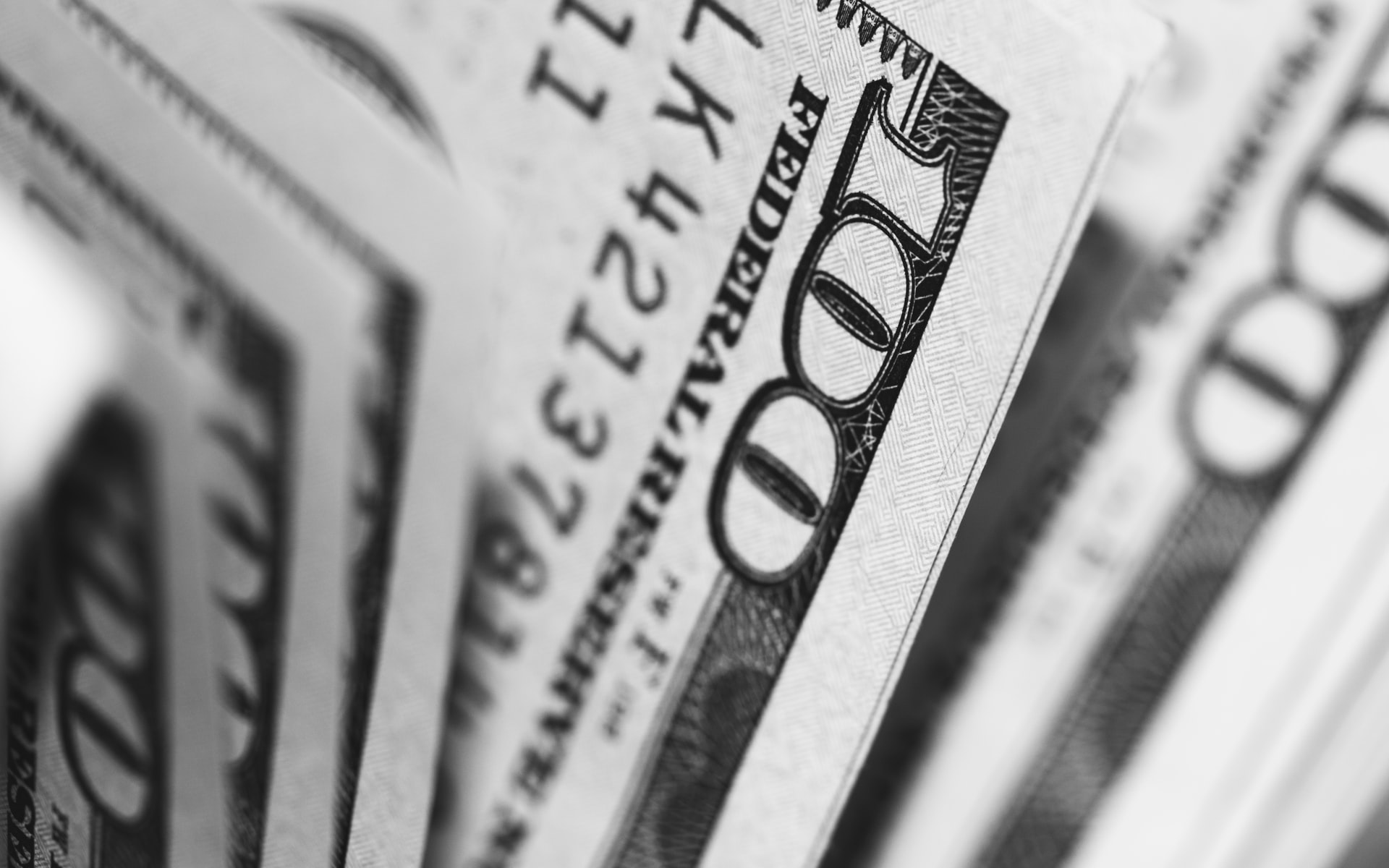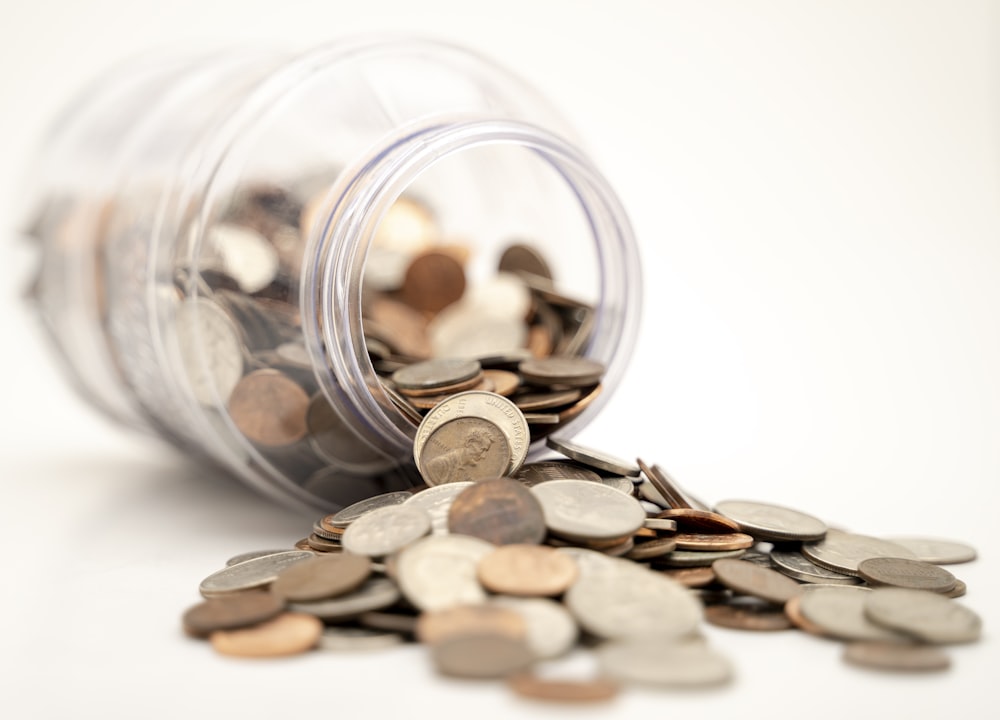Your personal finances, whether you realise it or not, have an impact on your business. In general, if your personal finances are well-managed and robust, you’ll probably treat your company’s spending and cash with the same care. A good personal financial status can assist you to buy a business, improve your existing venture’s ability to survive downturns, or invest in future growth, in addition to the correlation between how you manage your personal and business budgets.
As a result, while most financial consultants emphasise the need of having a personal emergency fund, you should also have a company emergency fund. If you have an emergency savings account, you can use it to get out of a financial bind without missing out on prospects for growth, bids, or technology advancements.
What Are The Different Types Of Emergency Funds?
You need to be able to access your emergency fund, so be sure it’s not invested in anything you won’t be able to liquidate if you need it. You should start with two sorts of emergency funds:
Short-Term
Opening a separate checking account for your short-term emergency fund is a fantastic approach to get started. You can use a debit card or write a check using a checking account, depending on your needs. Make sure your bank is covered by the Federal Deposit Insurance Corporation (FDIC).
Long-Term
Larger calamities, such as a court settlement or future investment in land, plant, or equipment, will benefit from investing your long-term low-risk emergency fund in bonds or CDs. You must be able to access the funds on a specific date, and as long as you have that short-term emergency account, you will not be left penniless while the larger monies become liquid.
What Constitutes A True Emergency?
A desire for a new corporate automobile leasing isn’t necessarily a bad thing, but your emergency money shouldn’t be squandered so casually. You should be able to recognise what constitutes a true emergency in order to ensure that money is there when you need it. A true calamity leaves you in desperate need of cash; it’s a condition that can halt operations indefinitely or even kill your company.
What Should You Put In Your Emergency Fund?
Although, nowadays, a financial crisis or recession can last much longer, you should keep at least six months’ worth of spending in your emergency fund. Calculate your monthly budget and multiply it by 12 to get how much you need in your business’s emergency fund. Include all costs, such as rent, necessary workers, utility charges, insurance, inventory or direct materials, and so on. To earn business, make sure to account for important marketing campaigns.
If you’re in debt or living paycheck to paycheck, put extra money into your personal and company accounts. Choose a sum to work towards, and once you’ve reached it, focus on getting out of debt. Pay off high-interest credit card debt, avoid taking out new auto loans, and live a healthy lifestyle to avoid medical expenditures, among other things.
There are, however, things you may do to reduce your current spending. In the United States, for example, car insurance is required; compare companies and rates to save money. Consider a balance transfer for a 12-month period of free interest payments if you have credit card debt. If you still owe money on your student loans, private student loan consolidation could help you save money. Consider whether the cost of an MBA programme is worthwhile if you want to learn how to run a firm. You can speed the growth of your emergency fund after you’re debt-free.
How To Begin Putting Money Into Your Emergency Fund
Trying to put together an emergency fund can be unpleasant and stressful, especially when you consider how much money you’ll need. Remember, you don’t have to save the money all at once; it’s a gradual process that requires you to set aside money on a monthly basis until you reach your goal.
Here Are Some Suggestions For Getting Started With Your Fund:
Set an emergency fund target, calculate how much you can give monthly, and estimate how long it will take you to reach it. For both your personal and professional lives, aim to save at least a year’s worth of costs. Then, every month, try to save at least 10% of your gross revenue or profit.
Make use of any money that has been left over. According to studies, the average person wastes roughly 10% of their monthly income. Figure out where you’re wasting money and decide to save it instead of spending it on food, utilities, entertainment, or luxury items if you’re overpaying.
Make use of electronic payment methods. Set up automatic contributions from your checking account to your fund so you don’t have to think about it every month. Another advantage is that if the funds are routed to your savings account. You will not see them in your checking account and will not feel compelled to spend them.
Invest in dividend-paying stocks. Add to your emergency fund by depositing dividends from stocks, mutual funds, or ETFs you own, in addition to other things you’re doing to build it up.
Keep spare change in your wallet. Every day, dump the change from your pockets in an empty water jug or coffee can. At the end of each month, put that money into your emergency fund. This is merely a suggestion; it will not assist you in any way.



